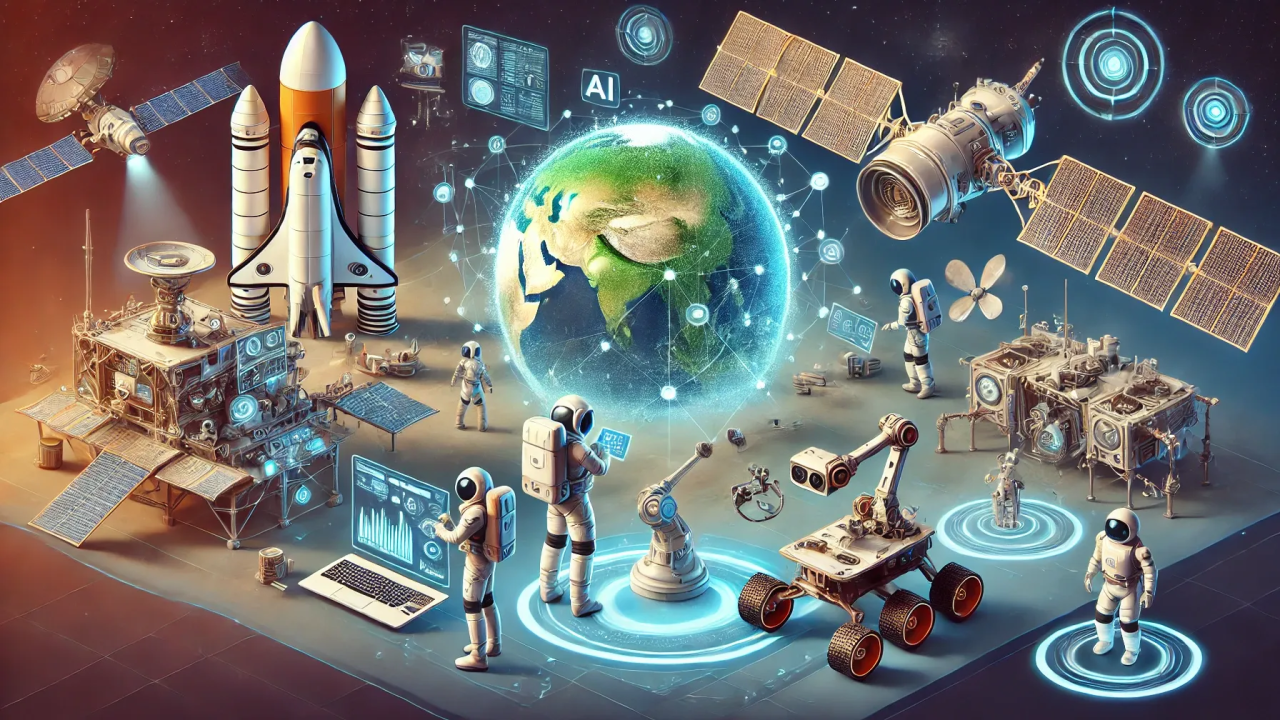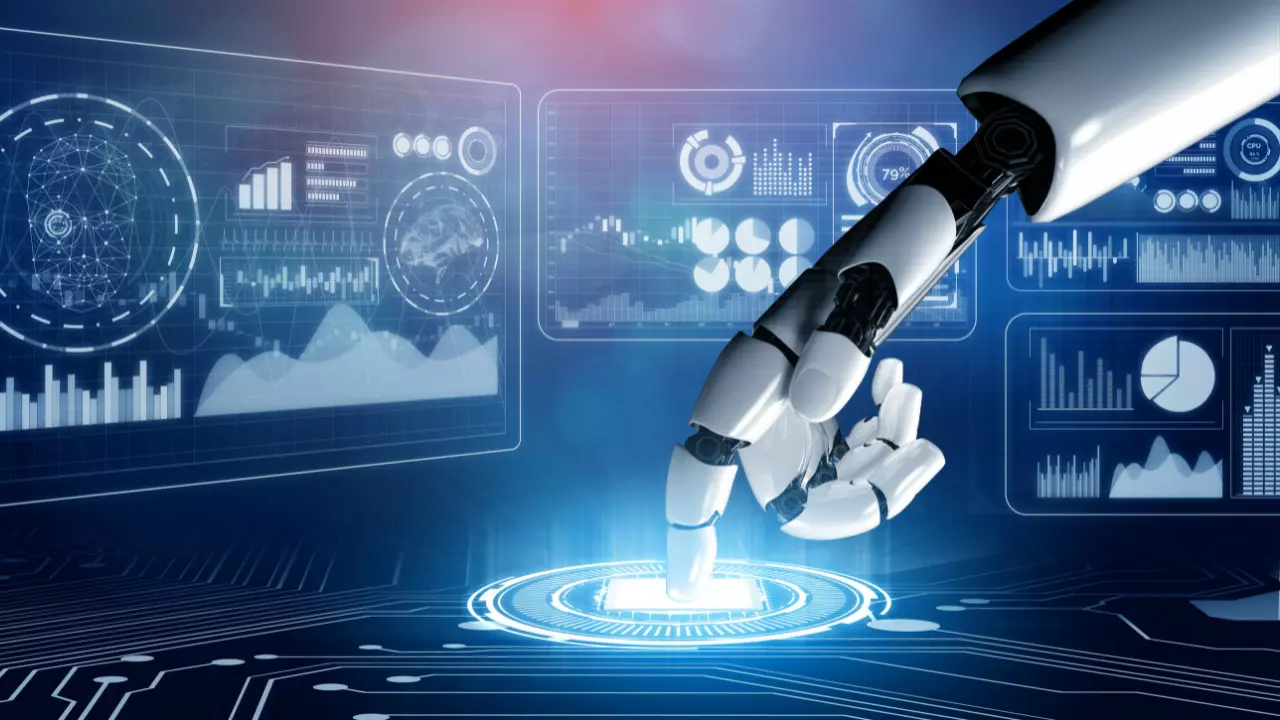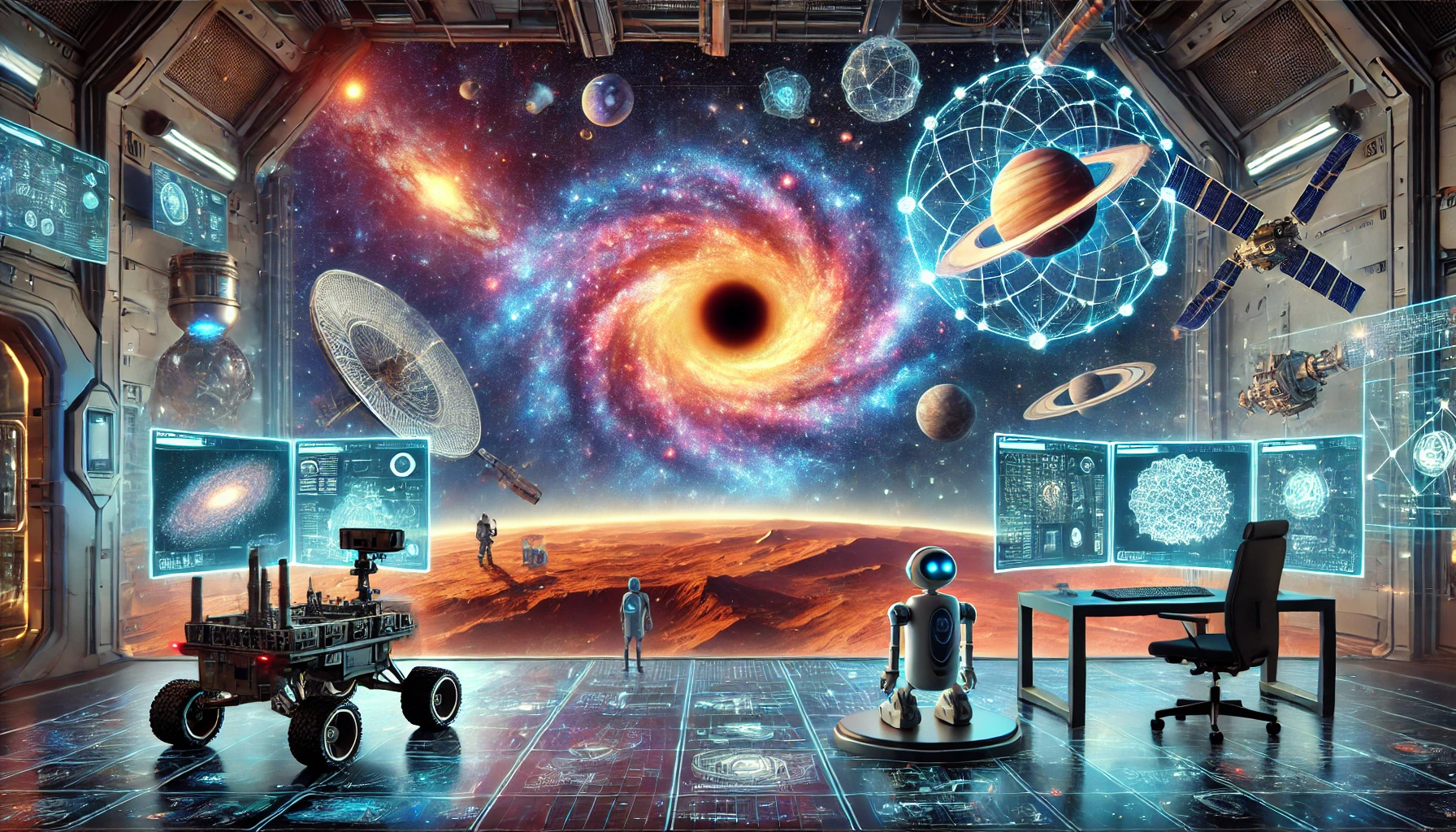Artificial Intelligence (AI) is rapidly transforming space exploration and satellite management. Understanding how AI is applied in space technology helps us appreciate the advancements that are pushing the boundaries of what is possible beyond Earth.
What is AI in Space?
AI in space refers to the use of intelligent algorithms and autonomous systems to assist with spacecraft operations, satellite data analysis, planetary exploration, and space mission management with minimal human intervention.
How AI Works in Space Missions
AI systems process vast amounts of data collected from satellites, rovers, and telescopes. By analyzing images, signals, and environmental data, AI helps in navigation, obstacle detection, communication management, and mission planning. It enables spacecraft to make real-time decisions, especially in remote areas where communication delays with Earth can affect mission success.
Key AI Techniques Used
Autonomous Navigation:
AI enables spacecraft and rovers to navigate unfamiliar terrains without constant human guidance, essential for missions on Mars or the Moon.
Data Processing and Image Recognition:
AI helps sift through massive amounts of space imagery to identify planets, stars, and potential anomalies more quickly and accurately than humans.
Predictive Maintenance:
AI predicts technical issues in spacecraft systems, reducing the risk of mission failures by allowing timely repairs or adjustments.
Natural Language Processing (NLP):
AI-powered communication systems can process and translate signals, making inter-spacecraft communication and command interpretation more efficient.
Benefits of Using AI in Space
AI enhances the safety and success of space missions by enabling faster decision-making, reducing human error, optimizing spacecraft performance, and managing complex data from multiple sources. It also makes deep space missions more feasible by providing autonomy when communication with Earth is delayed.
Limitations to Consider
AI in space still requires extensive testing to ensure reliability in harsh space environments. It needs carefully designed algorithms and significant computational power, which can be challenging in limited onboard systems.
Conclusion
AI is opening new frontiers in space by enabling smarter, safer, and more efficient missions. By combining AI with human intelligence, scientists and engineers are exploring distant worlds and expanding our knowledge of the universe with greater precision and speed.







Leave feedback about this